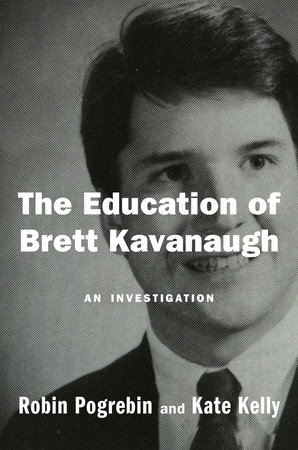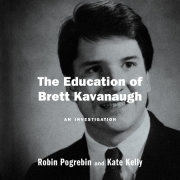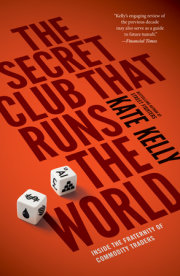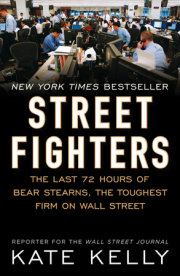PROLOGUE Nostos: Homecoming It was cold for October, with evening temperatures dropping into the forties as alumni poured onto Georgetown Preparatory School’s leafy campus in suburban Maryland for their thirty-fifth-year high school reunion. It had been a tumultuous day for the country. A Florida man had been arrested for sending package bombs to more than a dozen prominent Democrats, including former president Barack Obama and former secretary of state Hillary Clinton. Despite the serious threat, President Donald Trump was focused on the upcoming midterm congressional elections and wanted his party to do the same. The “‘Bomb’ stuff,” as Trump put it in a tweet, risked slowing Republican momentum at a critical time.
On the Georgetown Prep campus, hundreds of former students were gathering in the George Center, a large brick building adjacent to the football stadium where the school store and snack bar were located. Nicknamed “Stag Night” because significant others were not invited, the Friday evening cocktail gathering was the traditional start to Reunion Weekend. There would be welcome speeches from school officials; wisecracks about thickening waists and thinning hair; beer and finger food.
The next day, about four hundred people would gather to watch the school’s football team, the Hoyas, play the homecoming game against Episcopal High School, despite the chilly, wet afternoon. During the years when it was still part of Georgetown University, Prep had at some point dubbed its teams the “Hoyas,” which derived from the Latin cheer “
Hoya Saxa!” (translation: “What Rocks!”). After this particular homecoming game— during which the Hoyas trounced their Episcopal High rivals, 24–6— classmates, spouses, and friends would toast over cocktails and trade stories at nearby Pinstripes, a bistro/ bowling- and- bocce venue in North Bethesda.
Brett Kavanaugh typically welcomed these rare opportunities to reconnect and reminisce with old friends. But this year, he had seriously considered opting out. Three weeks had passed since his confirmation as the newest associate justice of the United States Supreme Court, about six since the devastating accusation that almost derailed it. So when he arrived on campus for his reunion, Kavanaugh was steeled for awkward interactions.
At the same time, he appeared resolutely upbeat, in keeping with his often articulated philosophy to “live on the sunrise side of the mountain.”
As a justice on America’s highest court, Kavanaugh now had a security detail that followed him to public places, particularly since, during the confirmation process, his wife had been targeted by vicious emails and his family had received death threats. Many of Kavanaugh’s fellow Georgetown Prep alumni had been supportive. Nearly two hundred had signed a letter endorsing his Supreme Court candidacy when he was nominated. Some had even gone on TV to praise his character. But given the polarizing nature of the hearings, he knew that not everyone stood behind him.
Copyright © 2019 by Robin Pogrebin and Kate Kelly. All rights reserved. No part of this excerpt may be reproduced or reprinted without permission in writing from the publisher.











